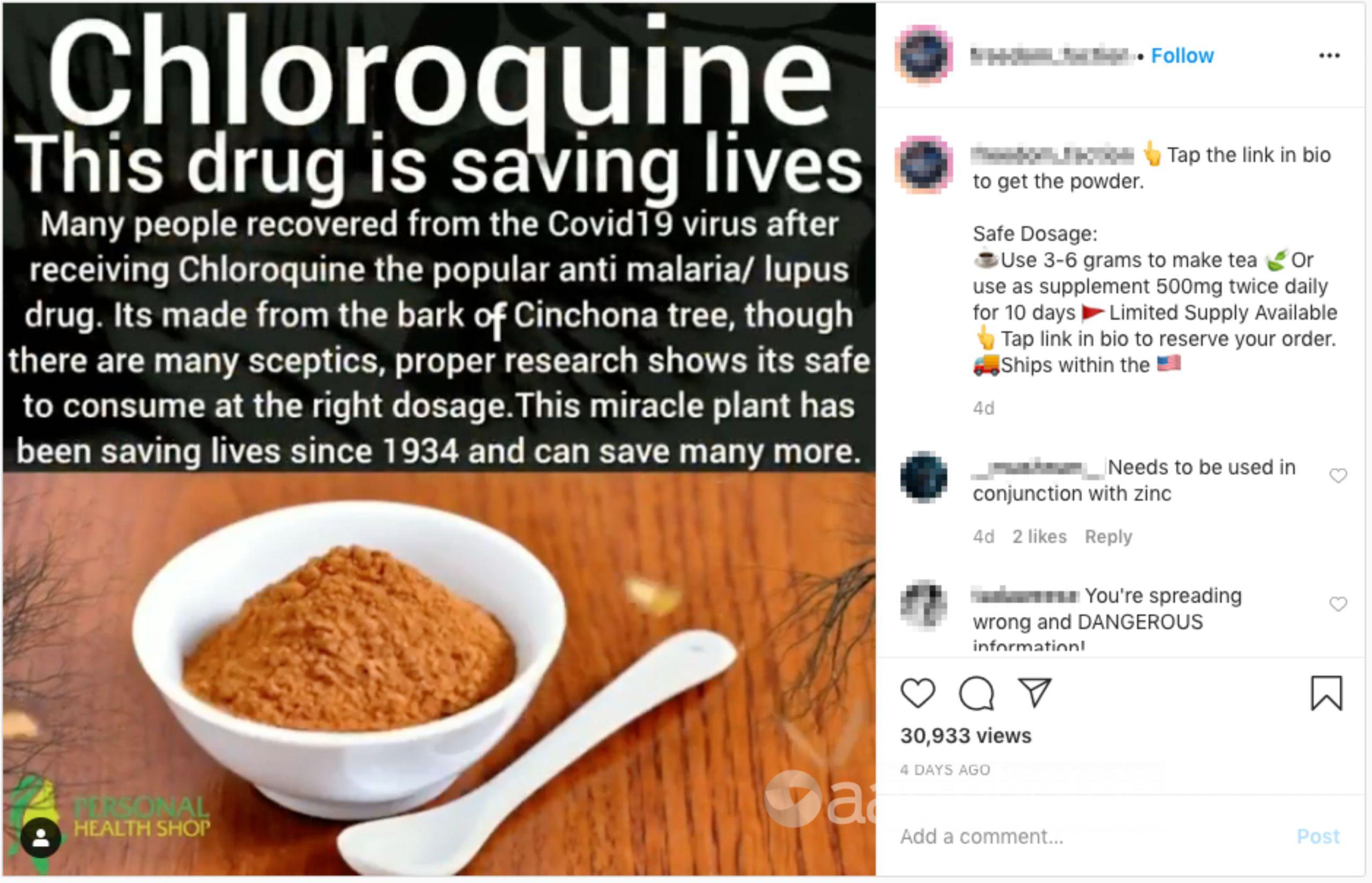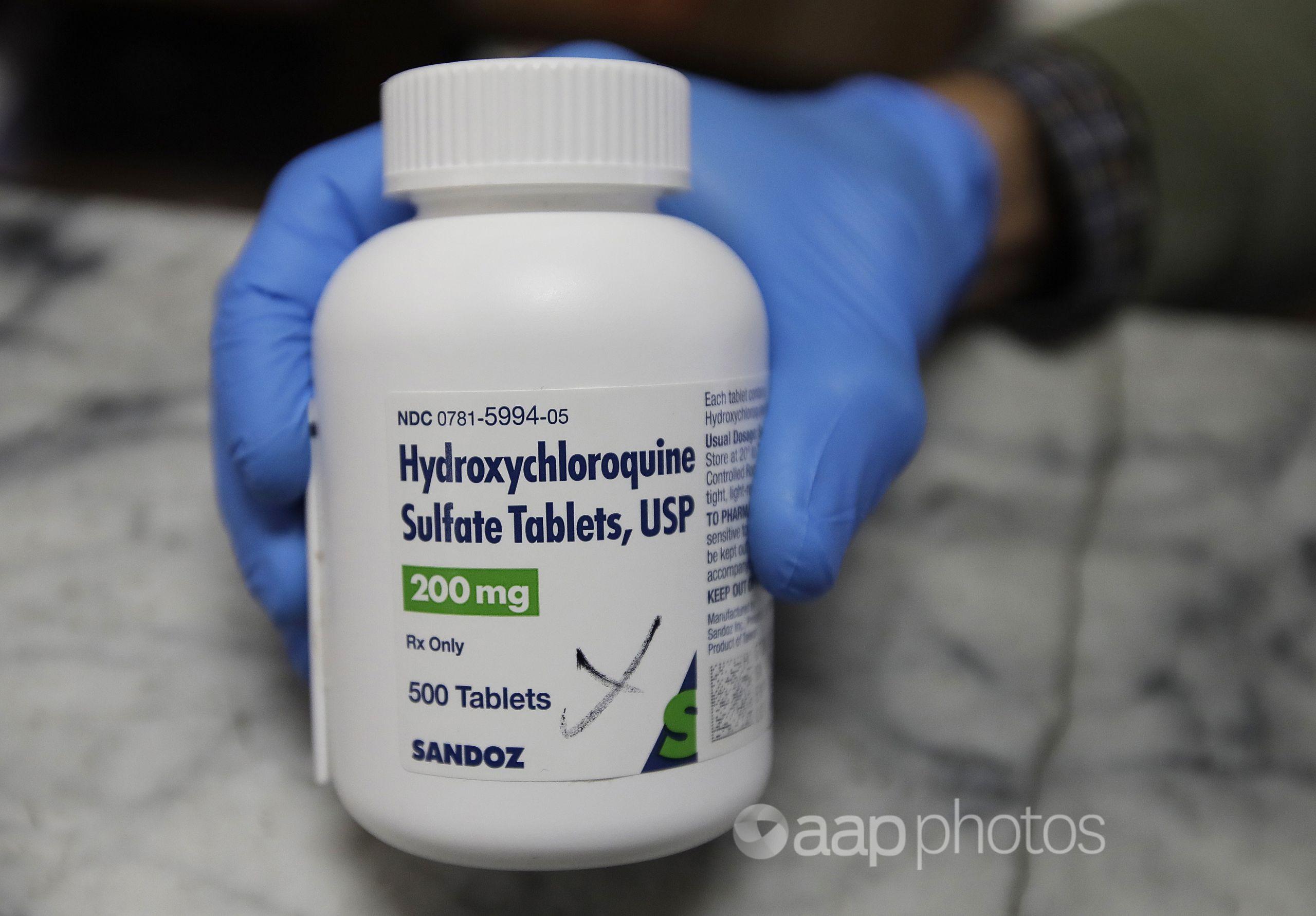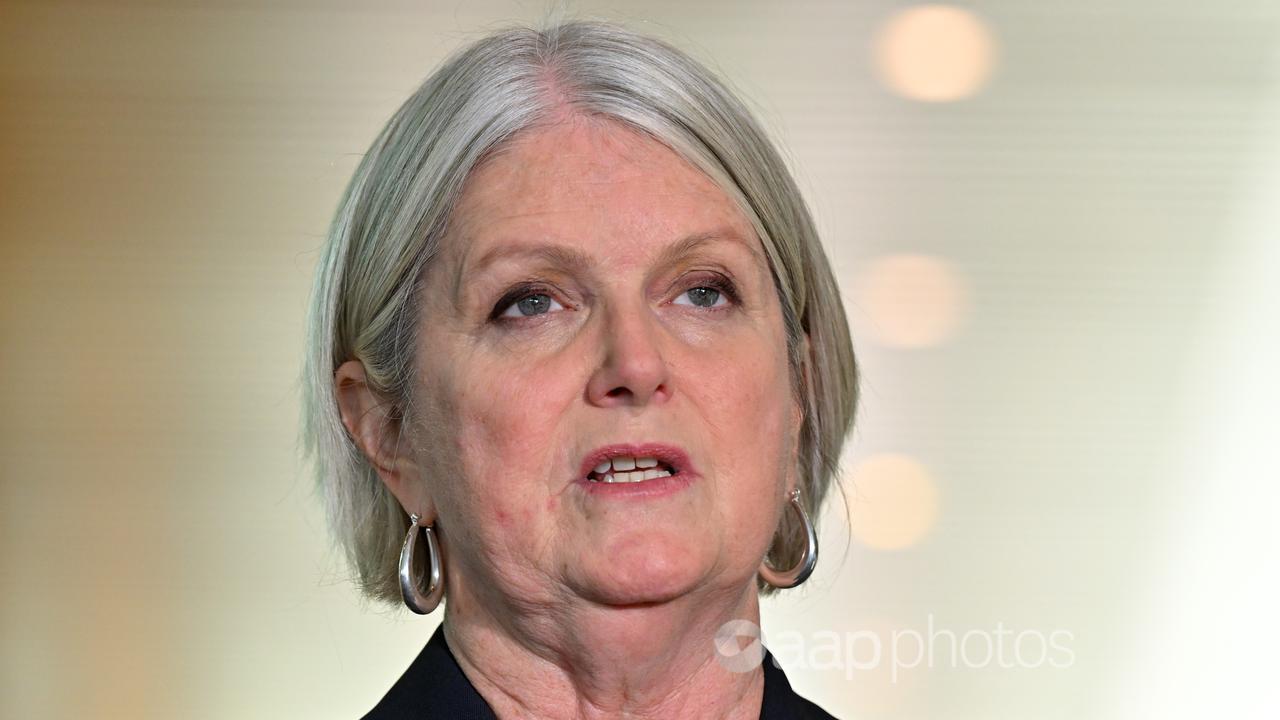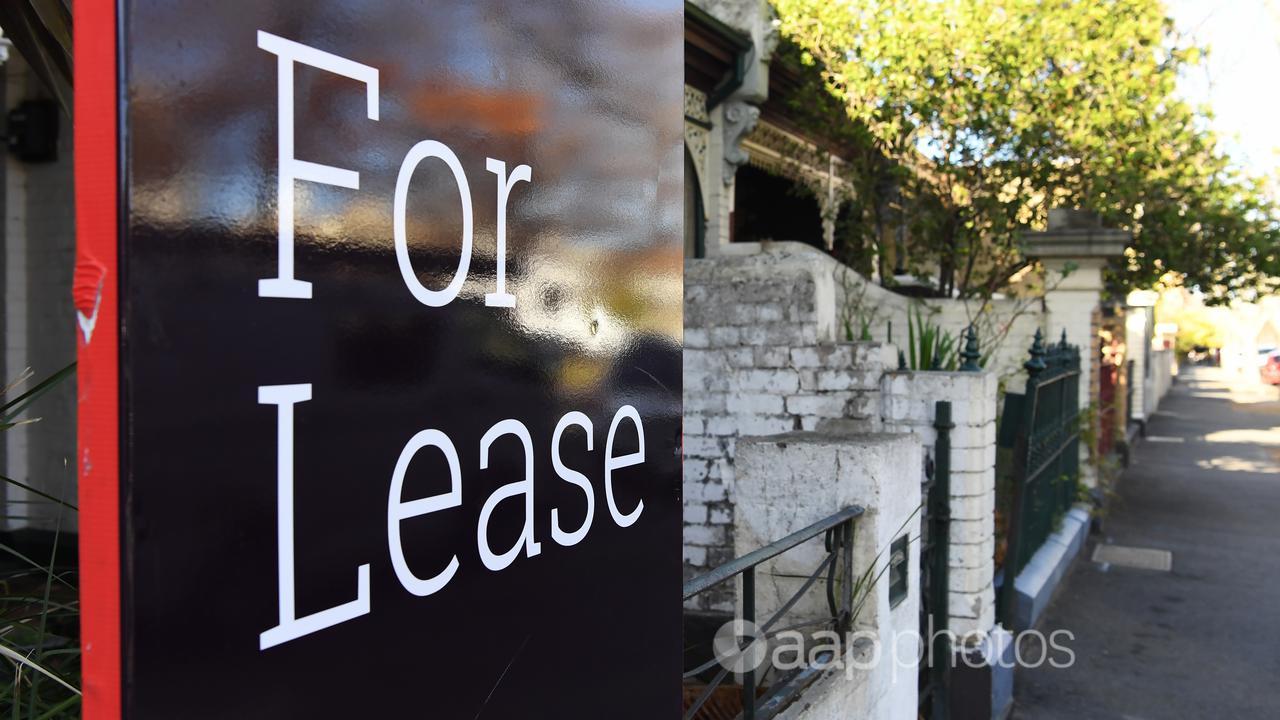The Statement
After reports an anti-malaria drug may help combat COVID-19 symptoms a series of Instagram posts are claiming the drug is made from tree bark – and seeking to sell the powdered bark online.
As scientists around the world rush to find a vaccine for COVID-19 a series of Instagram posts are encouraging people to buy a powder made from cinchona tree bark to help fight the virus.
An April 10 post claims “many people recovered from the COVID19 virus after receiving Chloroquine, the popular anti malaria / lupus drug.”
The post goes on to say that Chloroquine is “made from the bark of Cinchona tree” and “though there are many sceptics, proper research shows its safe to consume at the right dosage”.
The post then states: “This miracle plant has been saving lives since 1934 and can save many more”.
The post finally reads: “Use 3-6 grams [of Cinchona powder] to make tea or use as [sic] supplement 500mg twice daily for 10 days”.
AAP FactCheck found one other variation of the April 10 post making the same claims. The two variations of posts have been uploaded by over 10 different Instagram accounts – including here and here – all containing links to websites selling cinchona powder. In total the posts have been viewed over 160,000 times.

The Analysis
COVID-19 has swept across the globe with devastating effect, infecting millions and killing hundreds of thousands of people.
Chloroquine and hydroxychloroquine gained prominence in March after small studies in France and China suggested administering the drug to people suffering COVID-19, sometimes in combination with another drug, could decrease the amount of SARS-CoV-2 virus in their system.
US President Donald Trump boosted the drugs’ exposure when he called them potential “game changers” in the fight against the virus as a possible treatment for symptoms.
Hydroxychloroquine has been approved in the United States as an emergency treatment for COVID-19 and Australia has also begun importing the drug for use in hospitals.
There are a number of false claims in the post, the most obvious being that chloroquine “is made from the bark of the Cinchona tree”.
Chloroquine is a synthetic anti-malaria drug that was created in 1934. An article for The Conversation by a medical historian and two scientists describes chloroquine as “inspired” by the activity of quinine but with a “quite different” chemical structure to compounds found in cinchona bark.
Monash Pharmaceuticals Professor Simon Bell told AAP FactCheck that Chloroquine and Hydroxchloroquine are safer and longer-acting “synthetic analogues” of quinine. “They are chemically different, which gives them different properties, but in the same general class,” he said.
Quinine, used to treat malaria, comes from the bark of the Cinchona tree. Researchers estimate the remedy has been used for close to 400 years but was first isolated by French scientists in 1820. Quinine and cinchona bark are also toxic, and taken in high doses can lead to “cinchonism” which includes hearing and vision loss, breathing issues as well as heart and kidney issues.
Prof Bell warned against the post’s claim that it was safe to consume Cinchona tree bark.
“Given that cinchona powder could contain unknown amounts of quinine, the risks of taking this outweigh any possible benefits,” Prof Simon Bell said.
Hydroxychloroquine is an antimalarial also used to treat rheumatoid arthritis and mild cases of lupus. Its predecessor, chloroquine, (which isn’t approved for use in Australia) is prescribed solely as an antimalarial.
Experts have expressed concerns about using hydroxychloroquine as a treatment for COVID-19, with some possible side effects and doubts about the medication’s effectiveness against COVID-19 among issues raised.
The April 10 post states “many people recovered from the COVID19 virus after receiving chloroquine, the popular anti malaria / lupus drug”.
However the studies that have been reported are based on the use of hydroxychloroquine and small numbers of patients. The French study was based on a sample of 42 patients with only 20 people treated with the drugs and six people dropping out during the trial.
The Australian Department of Health told AAP FactCheck in an email that they do not recommended using cinchona powder to treat COVID-19. “Cinchona bark or powder may contain quinine type chemicals in unknown quantities and [be] mixed with a range of other chemicals,” the Department of Health spokesperson said.
Despite hydroxychloroquine being explored as a potential treatment for COVID-19 in clinical trials around the world, the Australian Therapeutic Goods Administration (TGA) in March cast doubt on its effectiveness as a treatment for COVID-19 and warned that it can cause cardiac toxicity and irreversible blindness.
“While there are some clinical trials that have started in Australia and elsewhere in relation to COVID-19, it is not recommended that people use these drugs for COVID-19 prevention or treatment except within an organised clinical trial,” the Department of Health spokesperson said.

The Verdict
Based on the evidence, AAP FactCheck found the claims in the post to be false. Chloroquine and hydroxychloroquine are synthetic analogues of quinine and chloroquine is not made from cinchona bark. The claim that “many people recovered” from COVID-19 after receiving chloroquine is also not accurate. Experts and regulatory bodies advise against using cinchona bark to combat COVID-19, with the substance known to have potentially serious side effects if taken in large quantities.
* AAP FactCheck is accredited by the Poynter Institute’s International Fact-Checking Network, which promotes best practice through a stringent and transparent Code of Principles. https://aap.com.au/
All information, text and images included on the AAP Websites is for personal use only and may not be re-written, copied, re-sold or re-distributed, framed, linked, shared onto social media or otherwise used whether for compensation of any kind or not, unless you have the prior written permission of AAP. For more information, please refer to our standard terms and conditions.

















